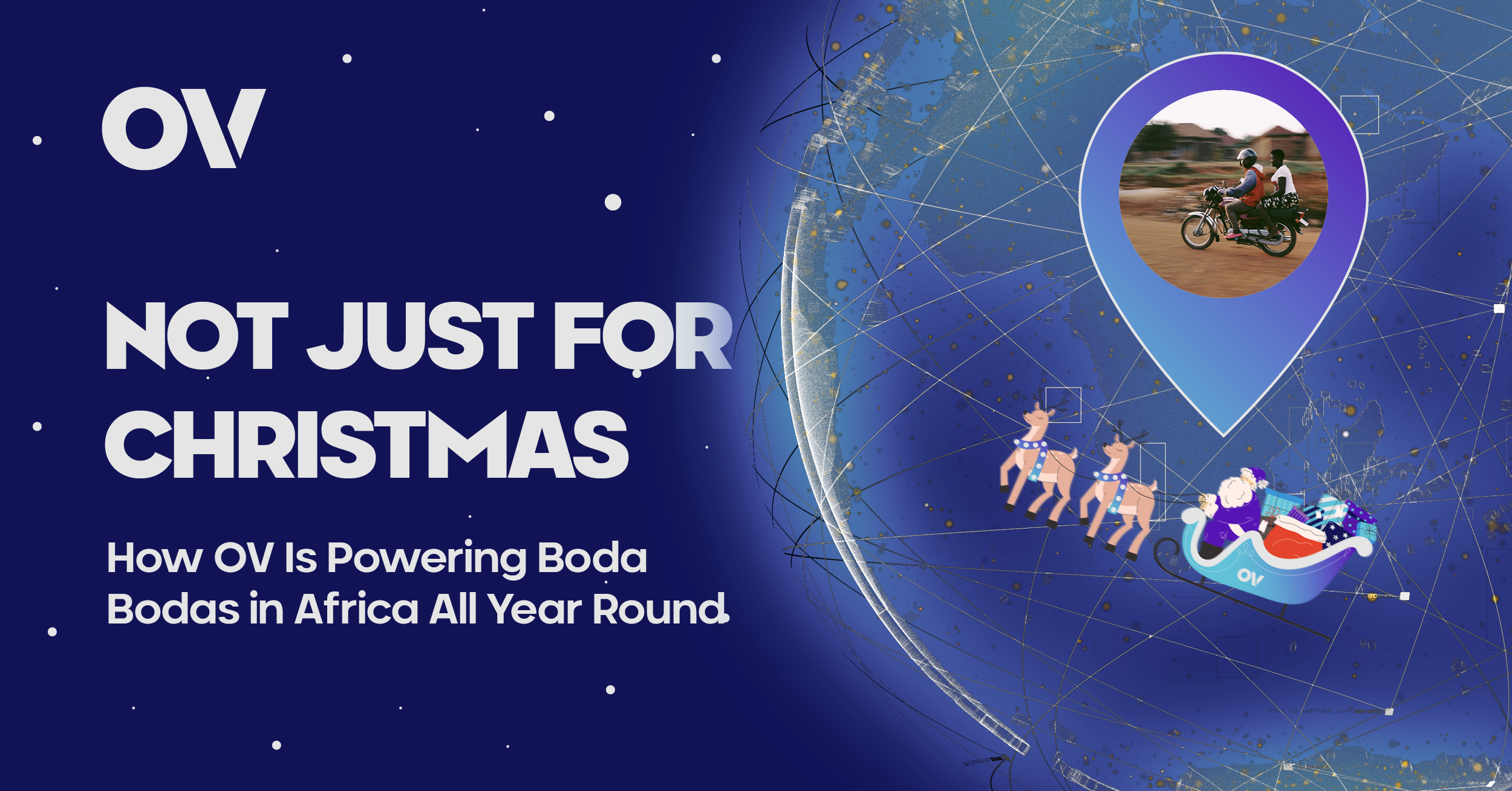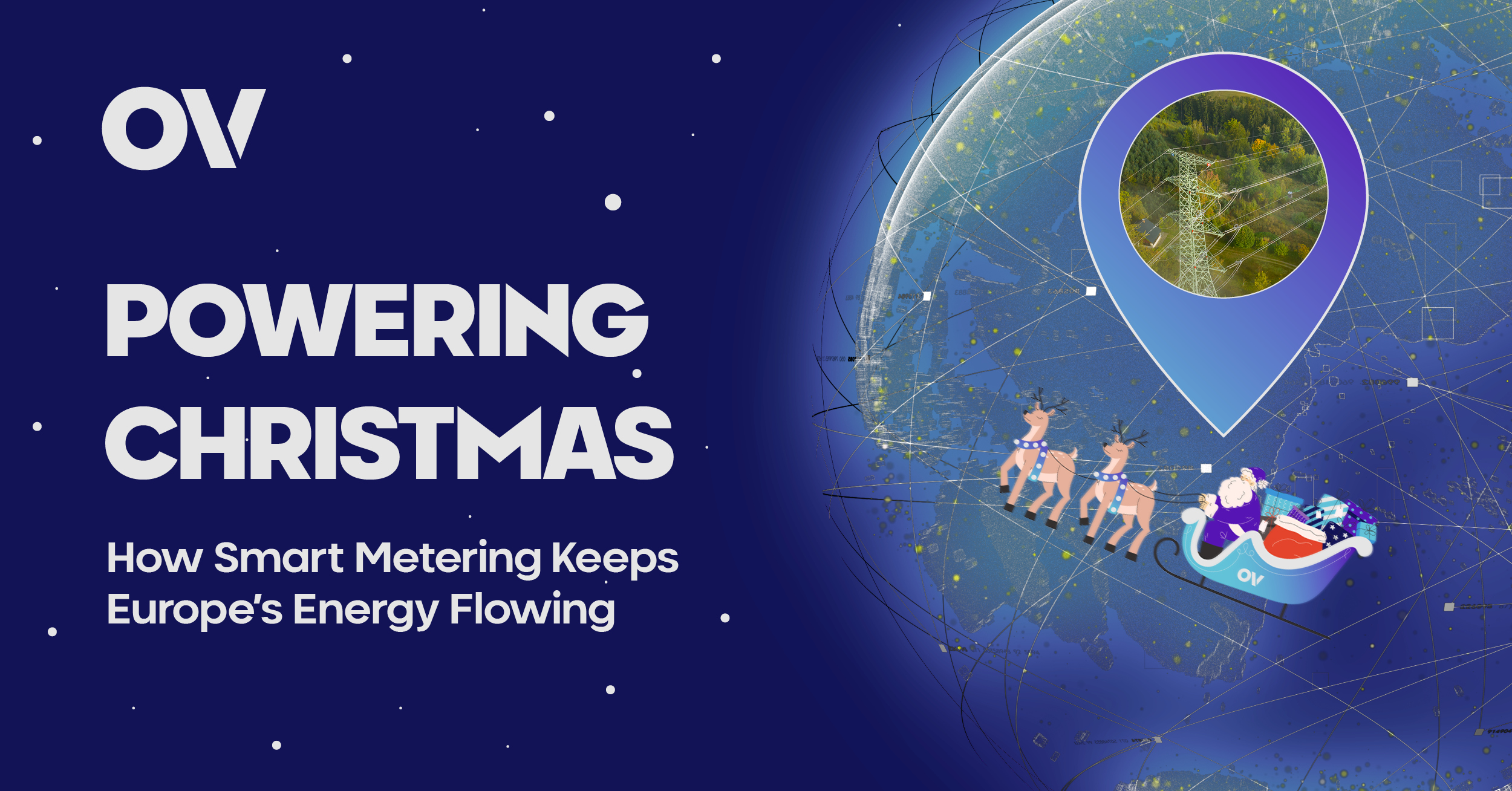Originally published
October 14, 2024
Last Updated
July 9, 2025
In the vast landscape of connectivity technologies, LPWANs, or Low-Power Wide-Area Networks, have emerged as a promising solution for the Internet of Things (IoT) and machine-to-machine (M2M) applications. These networks are tailored to address the unique requirements of IoT devices, offering a balance of power efficiency, extended coverage, and economical data transmission. In this blog, we’ll delve into the world of LPWANs, shedding light on their common features and some of the most popular LPWAN technologies.
Key Features of LPWAN Technologies
LPWAN technologies are characterised by several key features that make them ideal for IoT applications:
Confined or Remote Coverage: LPWANs excel in providing connectivity to devices located in challenging or remote environments, whether they are underground, in rural areas, or deep within urban infrastructure.
Power Efficiency: LPWANs are designed to optimise power consumption, allowing IoT devices to operate for extended periods, often up to a decade, on a single battery charge. They achieve this by enabling devices to enter a low-power “sleep” mode when not actively transmitting data.
Security and Privacy: LPWAN technologies leverage the security features of mobile networks, ensuring robust authentication, device identification, user confidentiality, and data integrity.
While these features are common among LPWAN technologies, each solution may offer unique advantages that cater to specific use cases. Let’s explore three of the most popular LPWAN technologies:
1. LTE-M (CAT-M):
LTE-M is a radio technology that supports longer device and battery lifespans by allowing devices to “sleep” when not in use. Key benefits of LTE-M include widespread support across mobile equipment manufacturers, full duplex communication, minimal latency, high data throughput rates, support for moving assets, and lower deployment and data transmission costs. LTE-M is a suitable choice when device mobility is required, or when data-intensive applications, such as voice and video transmission, are crucial.
2. NB-IoT (NarrowBand Internet of Things):
NB-IoT is designed to reduce power consumption and improve system capacity, making it ideal for deep and remote locations. It offers lower device manufacturing costs, power efficiency, strong coverage in urban environments, security features, reliability, and scalability. NB-IoT is a great option for applications in underground or hard-to-access locations, where mobility is not required, and where an extended battery life is essential.
LoRaWAN (Long-Range Wide Area Network):
LoRaWAN employs gateways to transmit messages between devices and network servers. It provides a wide coverage range, supports a large number of IoT devices on a single gateway, operates within globally available ISM bands, and maximises battery life and network capacity through adaptive data rate (ADR) techniques. It’s a widely used solution for IoT applications, especially when a broad coverage range is necessary, and high data rates or low latency are not critical.
When to Choose LPWAN:
LPWAN technologies are the right choice when IoT devices are in challenging environments or when primary applications involve smart lighting, smart grid, water metering, gas detectors, and smart agriculture. If you need a reliable, power-efficient, and cost-effective solution for your IoT deployment, LPWANs should be at the top of your list.
In conclusion, LPWANs are transforming the IoT landscape by providing connectivity options that cater to the unique needs of IoT devices. Whether you opt for LTE-M, NB-IoT, or LoRaWAN, the key lies in selecting the LPWAN technology that aligns with your specific use case. These networks offer a promising future for IoT, enabling efficient, low-power, and wide-area connectivity for a multitude of applications.
READ MORE
DISCOVER MORE NEWS AND DEVELOPMENTS IN IOT & GLOBAL CONNECTIVITY





